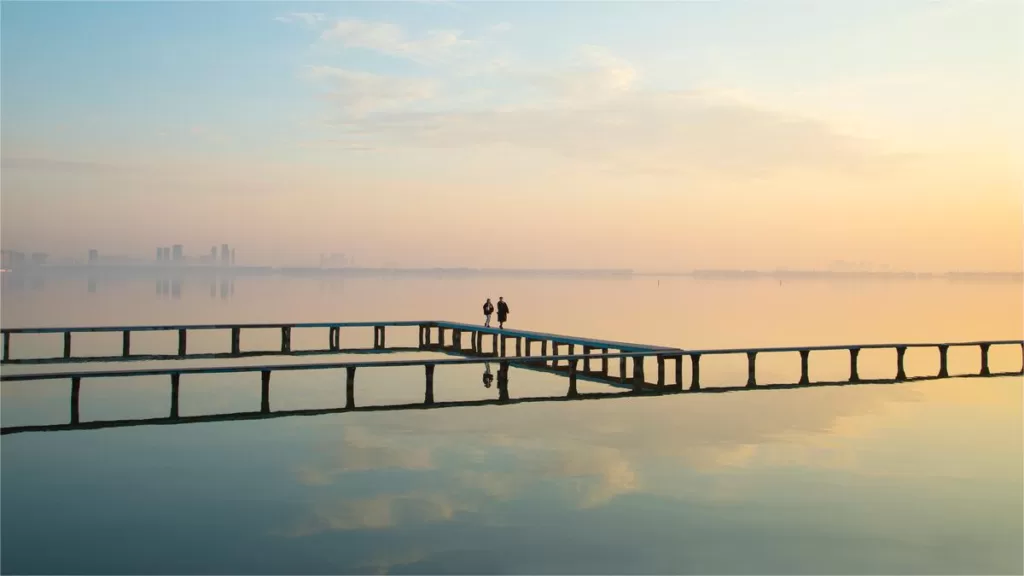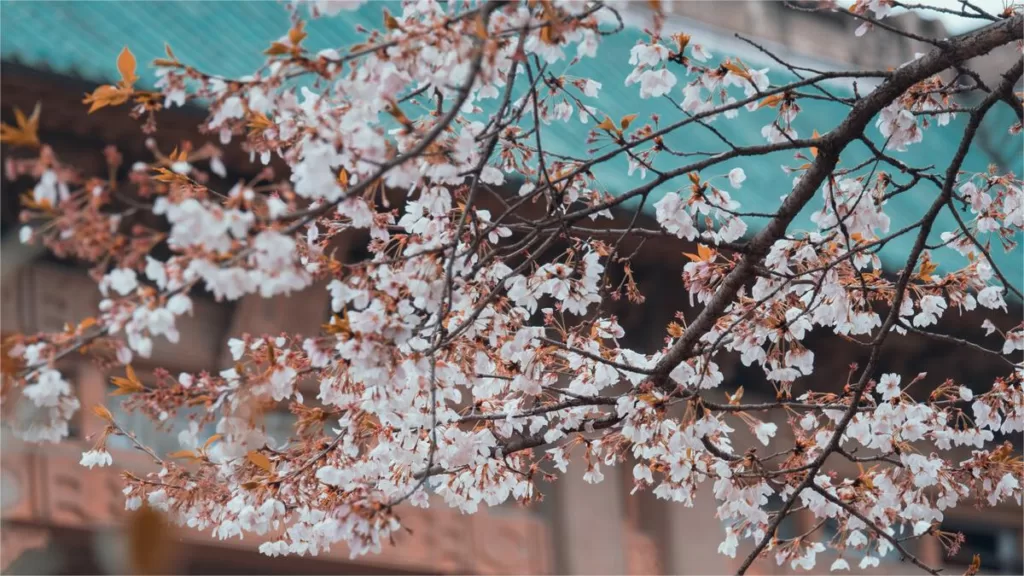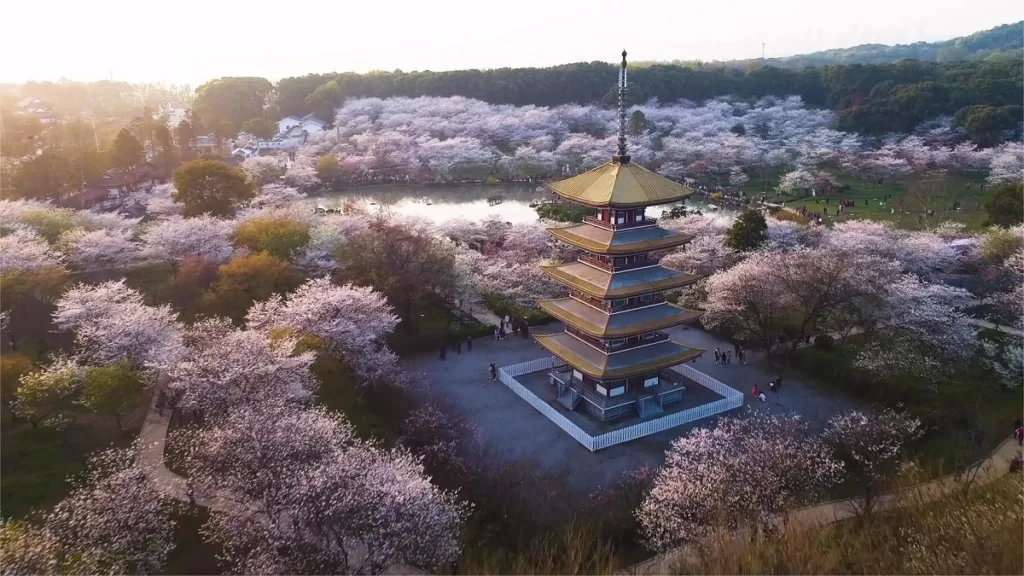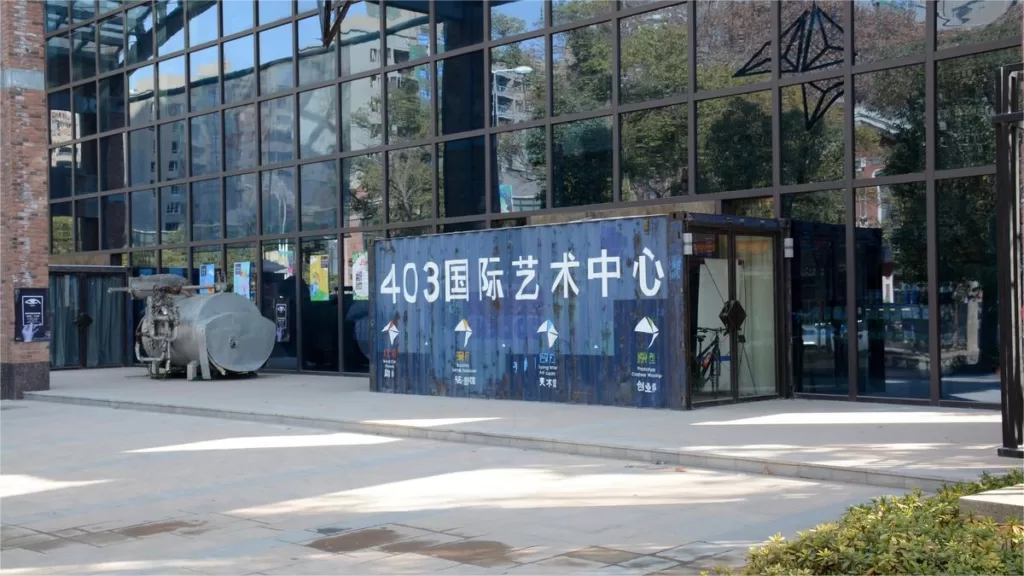Wuhan Botanical Garden (武汉植物园), located in Hubei Province, is a remarkable institution dedicated to the study, conservation, and exhibition of a diverse array of plant species. This botanical haven comprises two distinct areas, the Guanggu Area and the Moshan Area. The former, situated in the eastern suburbs of Wuhan, covers an expansive 1,103 acres and primarily serves as a hub for scientific research. In contrast, the latter rests near East Lake in the heart of the city, functioning as a comprehensive exhibition center for national plant resource reserves and plant relocation protection.
The collective efforts of Wuhan Botanical Garden have resulted in the preservation of more than 13,000 plant species, making it a vital resource for the conservation of botanical diversity. The garden is home to 17 specialized thematic gardens, each showcasing unique collections and contributing to various facets of plant research. Some of the notable themed gardens include the Kiwifruit Garden, which boasts the widest range of genetic resources for kiwifruit in the region; the largest water plant garden in East Asia; a garden dedicated to wild fruit trees native to Central China; an area for ancient and rare plant species exclusive to Central China; and a garden specializing in medicinal plants of the region.
Table of Contents
- Basic Information
- Location and Transportation
- Highlights of Wuhan Botanical Garden (Moshan)
- Vlog about Wuhan Botanical Garden
- Useful Tips Summarized from Reviews
- Attractions near Wuhan Botanical Garden
- Other Parks in Wuhan
Basic Information
| Website | http://www.whiob.ac.cn/ |
| Estimated Length of Tour | 3 hours |
| Ticket Price | 35 RMB |
| Opening Hours | 8.00 – 17.00 |
| Telephone Number | 0086-027-87510815; 0086-027-87510783; 0086-027-87510126 |
Location and Transportation
the Moshan Area of Wuhan Botanical Garden is nestled in the Hongshan District of Wuhan, Hubei Province, at 1 Lu Mo Road. This location is set adjacent to the picturesque East Lake, creating a beautiful juxtaposition between urban life and the natural world. To get there, tourists can take bus 401, 402, 413, 625, or 682, and get off at Botanical Garden Road Wuhan Botanical Garden Stop (植物园路武汉植物园站).
The Guanggu Area of Wuhan Botanical Garden is situated in the East Lake New Technology Development Zone of Wuhan, Hubei Province. It can be found at 201 Jiufeng Road, offering a sprawling and serene setting for the study and preservation of plant life. To get there, tourists can take Tram L2, and get off at Jiufeng First Road Stop (九峰一路站).
Highlights of Wuhan Botanical Garden (Moshan)
Evergreen Coniferous Forest

At the heart of Wuhan Botanical Garden lies the Evergreen Coniferous Forest, primarily composed of Masson’s pine trees. Spanning approximately 17,000 square meters, this forest is a representation of the most extensive and resource-rich forest community found in the moist subtropical region of southeastern China. It represents a typical forest community type in the area below 1,000 meters in altitude. This lush and vibrant section of the garden provides a tranquil escape into nature, offering visitors an opportunity to immerse themselves in the splendor of coniferous beauty.
Three Gorges Plant Zone

Established in 2005, the Three Gorges Plant Zone covers an area of 6,670 square meters and primarily focuses on the display and preservation of plant species native to the Three Gorges Reservoir area. This region features over 50 unique plant species specific to the Three Gorges, including the Sparse-flowered Water Cypress, Autumn-flowering Willow, Yichang Boxwood, Chinese Mosquito Tree, Small-leaved Mosquito Tree, Fragrant Olive, and Cottonwood, among others. It also includes five distinctive plant communities. The zone plays a critical role in providing a safe haven for flood-tolerant plants within the Three Gorges Reservoir area and highlights the ongoing efforts of botanists to address the environmental impact of the Three Gorges project.
Azalea Garden

The Azalea Garden was established in 1991 and covers an area of about 3,000 square meters. It houses a diverse collection of 12 original species of azaleas and over 100 different varieties. The most iconic feature of this garden is the “Wild Azalea King,” a species of rhododendron known as the Lu Jiao Azalea, which was introduced from Maoba in Lichuan in 1981. This magnificent specimen reaches a height of 4.5 meters, making it a focal point of the garden. Additionally, the garden features stunning displays of red rhododendrons in early spring and rare yellow-flowered Rhododendron lapponicum.
Floral Boulevard
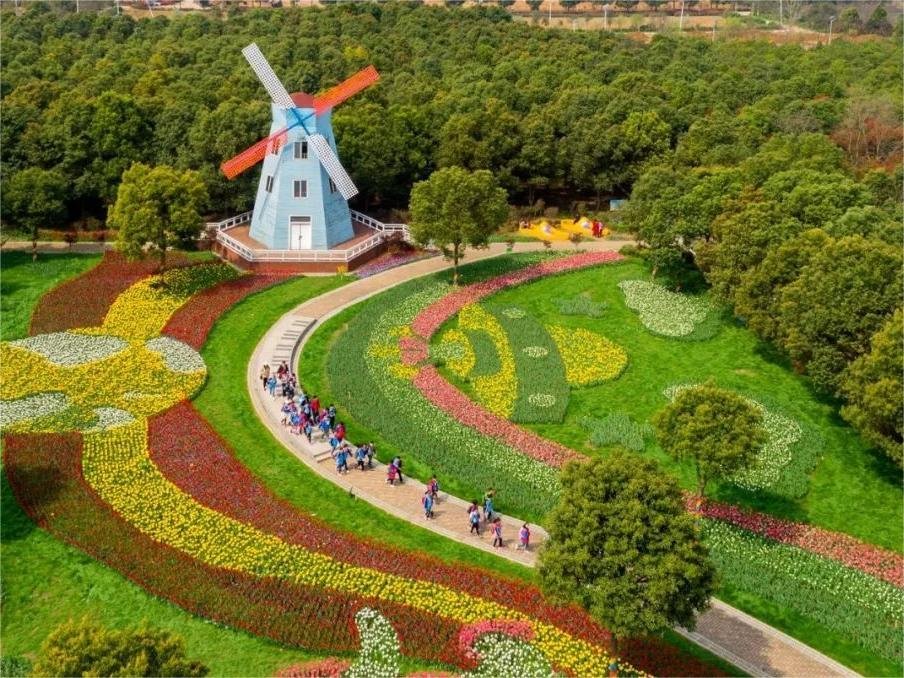
The Floral Boulevard, initiated in 2012 and continuously extended and expanded, covers an area of approximately 3,500 square meters and runs along the central axis of the entire garden. Stretching from the Rose Garden to the Specimen Hall, this beautiful boulevard is over 500 meters long. It connects various specialized gardens, including the Aquatic Plant Zone, Camellia Garden, Magnolia Garden, Pine and Cypress Garden, and Three Gorges Flood Recession Zone. In total, it features over 400 different plant species and offers a delightful journey through a wide range of botanical delights.
Rose Garden
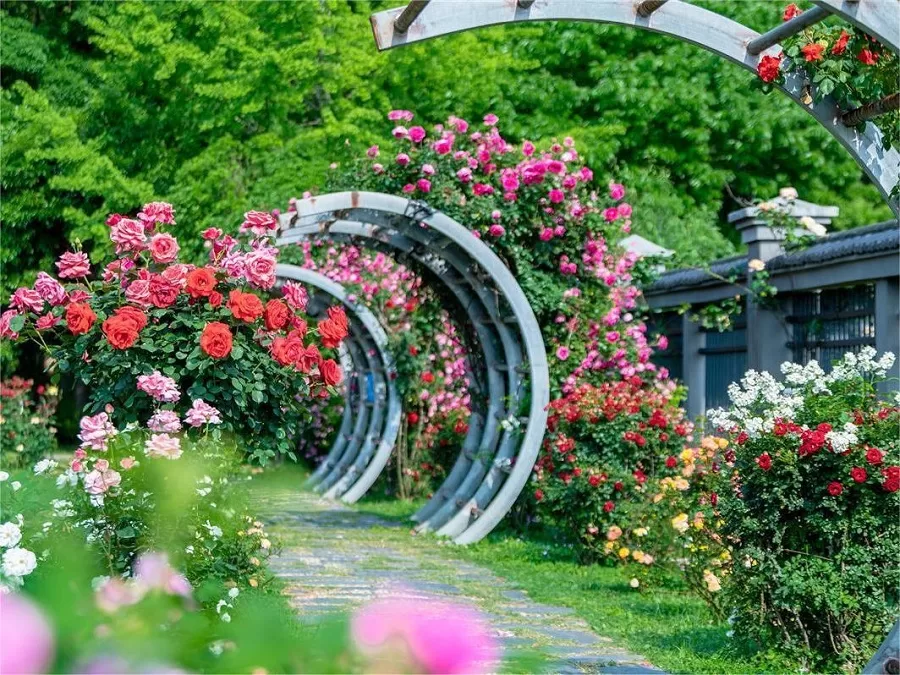
The Rose Garden, which has undergone years of landscape optimization, covers an area of 1,500 square meters. It is primarily centered around the perimeter of the Lotus and Water Lily Variety Exhibition Area and is interspersed throughout the Wild Fruit Garden, Medicinal Plant Garden, and other areas of the garden. The garden boasts a collection of over 7,000 rose plants, representing more than 200 different varieties. The Rose Garden is designed in a way that groups roses of various types together, creating a dynamic and visually captivating landscape with pergolas, archways, and walls incorporated to enhance the aesthetic appeal.
Vlog about Wuhan Botanical Garden
Useful Tips Summarized from Reviews
Convenience Store: Upon entering Wuhan Botanical Garden, you’ll find a convenience store near the entrance, making shopping for essentials very convenient.
Insect Prevention: Be aware that there may be a significant number of mosquitoes and other insects in the wooded areas of the garden. It’s advisable to take precautions against insect bites by bringing insect repellent with you.
Transportation Options: Inside the botanical garden, there are transportation options available to help you navigate the expansive grounds more easily. You can opt to take the forest mini-train, which typically costs around 30 yuan per adult, or rent electric scooters for added convenience.
Central Plaza and Camping Area: The central plaza of the botanical garden features a large grassy lawn, providing an ideal spot for relaxation and recreation. Visitors can take advantage of this open space to set up tents or hammocks for picnics or leisure activities.



